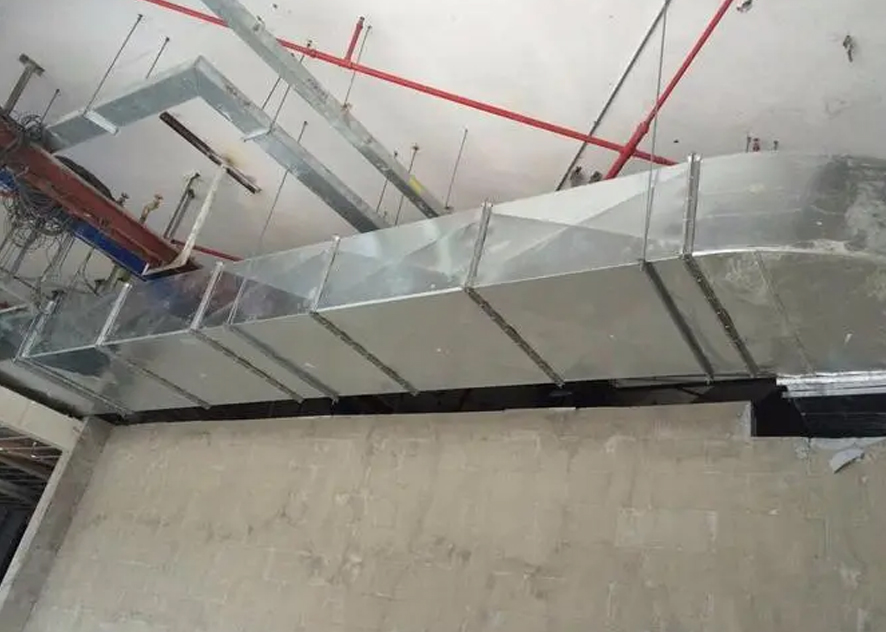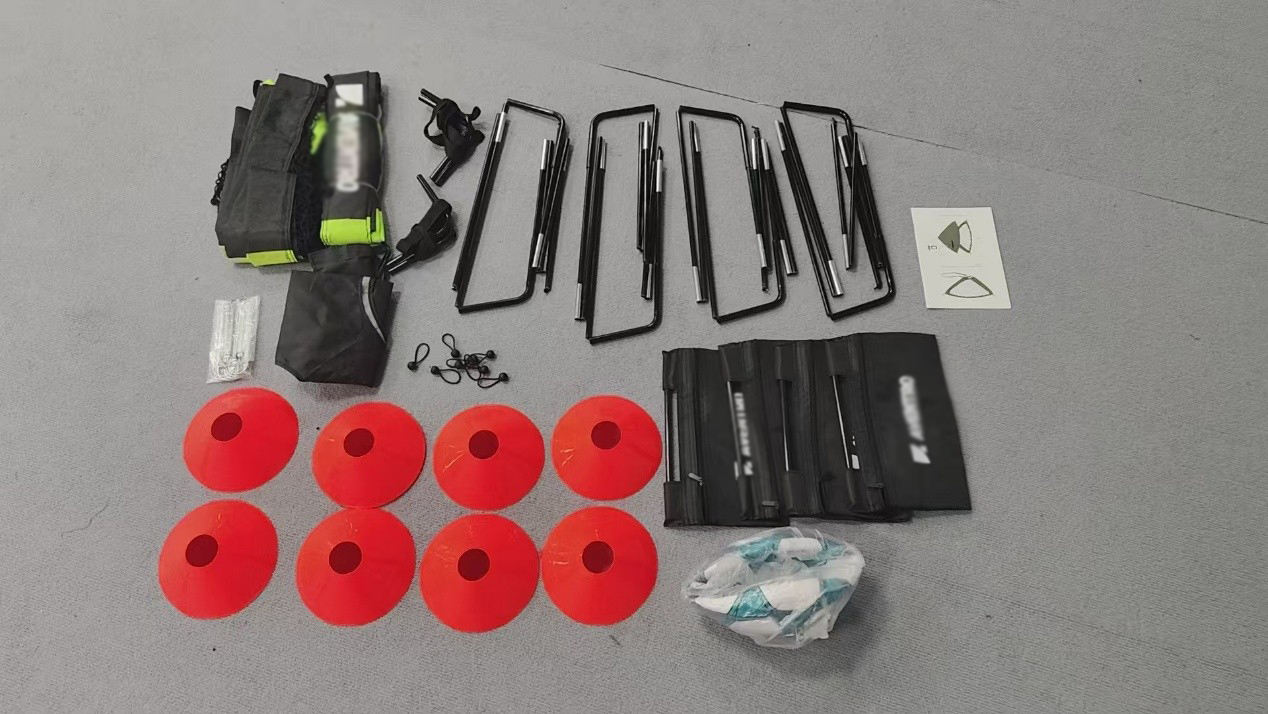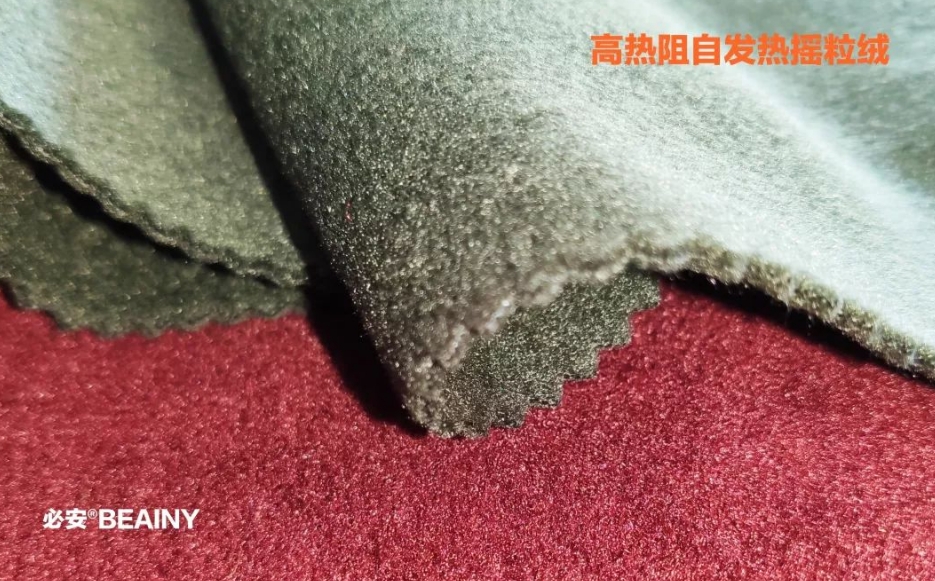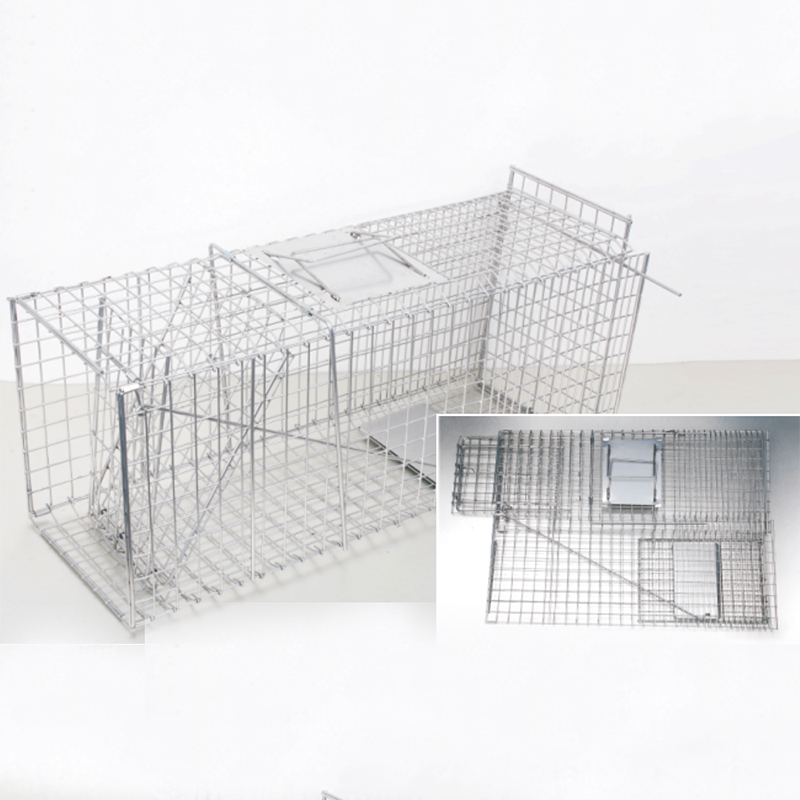Demineralization is a chemical treatment of water used to remove salt from tap water. Due to the influence of the external ambient temperature, many desalted water pipelines and tank facilities will freeze and condense at low temperatures. Therefore, heat tracing and insulation are required, and electric heat tracing has undoubtedly become the first choice. Since the PH of desalted water is alkaline and corrosive, the pipes and tanks are made of stainless steel. When selecting the type of electric heating tape, you need to choose an explosion-proof and anti-corrosion electric heating tape, such as 25-DWK2-PF.

The working principle of the desalted water pipeline electric heating system: to compensate for the heat loss caused by the temperature difference between the inside and outside of the pipeline shell. To achieve the purpose of anti-freeze insulation of the pipeline or equipment, it is necessary to provide the heat lost to the pipeline and maintain the heat balance of the fluid in the pipeline or equipment. It can keep its temperature basically unchanged.
Demineralized water pipeline electric heating installation steps
1. Place the electric heating tape in a straight line along one side of the pipe and secure it to the pipe with aluminum foil tape. At the lower end of the pipe, the fixed spacing should not be greater than 50cm.
2. Select the spiral winding method, and evenly and spirally wrap the electric heating tape around the pipe according to the required length of each meter of pipe, and fix it in the spiral direction with aluminum tape.
3. Use pressure-sensitive tape to secure the electrical heating tape to the equipment. If the equipment needs to increase the heating area, aluminum foil tape can be used to fix it.
4. Connect the power terminal box. Pull off the outer sheath of the electric heating tape, peel off the busbar, pass the stripped electric heating tape through the lower opening of the power junction box into the junction box, and thread the power cord into the junction box and fix it on the terminal block. If there are branches in the pipeline, a two-way and three-way junction box can be used to connect them. When using a junction box, it should be sealed against moisture and moisture to avoid parallel wires and exposure of metal wires.
5. The tail end of the electric heating tape is sealed. Peel off the outer sheath and shielding layer of the tail end, cut the electric heating cable core at an angle, and insert the processed tail into the tail end. Do not butt the two wire cores at the tail end.
Of course, when installing electric heat tracing on desalted water pipes and tanks, it is not necessary to provide heat tracing and insulation for the entire device. It only needs to be used for heat tracing in some locations, for example:
1. In order to ensure the normal operation of the reciprocating machine water station, the pipeline leading to the water station must be heat traced. Since reciprocating water stations usually use a closed-circuit circulation system, the pipeline from the main pipe to the water station may freeze due to stagnant flow in winter. Therefore, to avoid potential pipeline failures and equipment damage, appropriate antifreeze measures must be taken.
2. The water filling tank must be equipped with a heating system to prevent freezing in cold weather. The flow rate of the reforming water injection pump is small, only a few liters per hour. Without heat tracing, water can only be discharged into the oily sewage line through the overflow pipe in cold weather.
3. The main line of the desalted water bus does not need heat tracing because its temperature is normal and can meet production needs, and it is continuously supplied to the deaerator.
4. Heating tape should be added to the reciprocating machine water softening station and water injection tank for heat preservation. Because these two areas are areas where demineralized water is directly supplied, since there is no heat exchange and the flow is small, it is necessary to add heating tape to maintain the temperature.

 English
English Español
Español Português
Português русский
русский français
français 日本語
日本語 Deutsch
Deutsch Tiếng Việt
Tiếng Việt Italiano
Italiano Nederlands
Nederlands ไทย
ไทย Polski
Polski 한국어
한국어 Svenska
Svenska magyar
magyar Malay
Malay বাংলা
বাংলা Dansk
Dansk Suomi
Suomi हिन्दी
हिन्दी Pilipino
Pilipino Türk
Türk Gaeilge
Gaeilge عربى
عربى Indonesia
Indonesia norsk
norsk اردو
اردو čeština
čeština Ελληνικά
Ελληνικά Українська
Українська Javanese
Javanese فارسی
فارسی தமிழ்
தமிழ் తెలుగు
తెలుగు नेपाली
नेपाली Burmese
Burmese български
български ລາວ
ລາວ Latine
Latine Қазақ
Қазақ Euskal
Euskal Azərbaycan
Azərbaycan slovenský
slovenský Македонски
Македонски Lietuvos
Lietuvos Eesti Keel
Eesti Keel Română
Română Slovenski
Slovenski मराठी
मराठी Српски
Српски 简体中文
简体中文 Esperanto
Esperanto Afrikaans
Afrikaans Català
Català עִברִית
עִברִית Cymraeg
Cymraeg Galego
Galego 繁体中文
繁体中文 Latvietis
Latvietis icelandic
icelandic יידיש
יידיש Беларус
Беларус Hrvatski
Hrvatski Kreyòl ayisyen
Kreyòl ayisyen Shqiptar
Shqiptar Malti
Malti lugha ya Kiswahili
lugha ya Kiswahili አማርኛ
አማርኛ Bosanski
Bosanski Frysk
Frysk ជនជាតិខ្មែរ
ជនជាតិខ្មែរ ქართული
ქართული ગુજરાતી
ગુજરાતી Hausa
Hausa Кыргыз тили
Кыргыз тили ಕನ್ನಡ
ಕನ್ನಡ Corsa
Corsa Kurdî
Kurdî മലയാളം
മലയാളം Maori
Maori Монгол хэл
Монгол хэл Hmong
Hmong IsiXhosa
IsiXhosa Zulu
Zulu Punjabi
Punjabi پښتو
پښتو Chichewa
Chichewa Samoa
Samoa Sesotho
Sesotho සිංහල
සිංහල Gàidhlig
Gàidhlig Cebuano
Cebuano Somali
Somali Точик
Точик O'zbek
O'zbek Hawaiian
Hawaiian سنڌي
سنڌي Shinra
Shinra հայերեն
հայերեն Igbo
Igbo Sundanese
Sundanese Lëtzebuergesch
Lëtzebuergesch Malagasy
Malagasy Yoruba
Yoruba









